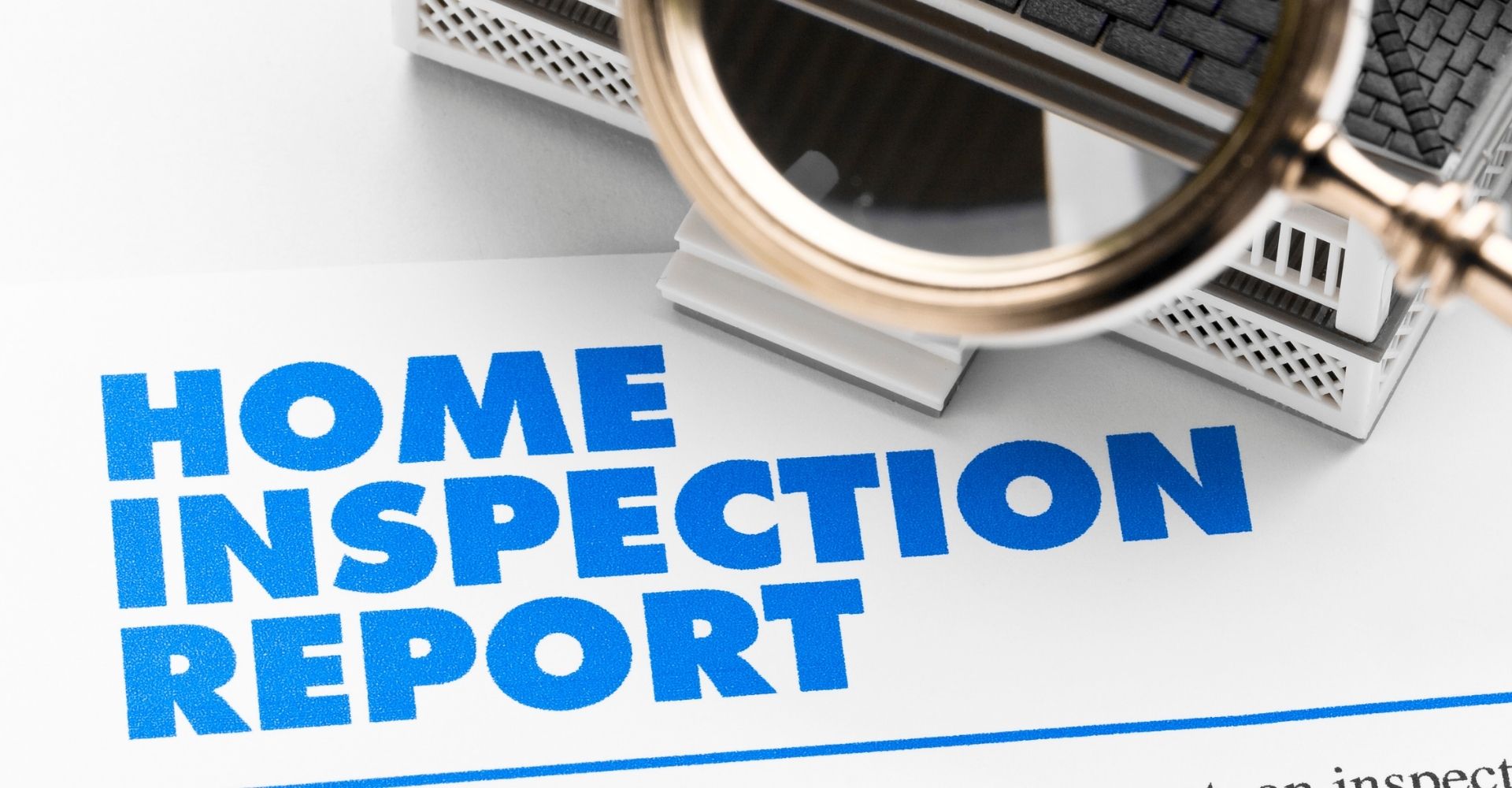Most homebuyers order a home inspection before they close the deal, and with good reason.
A number of lurking problems may be hidden to the untrained eye but show up in sharp relief on an inspection report.
If you’re wondering what are the most common issues that an inspection report uncovers, read on.
We’ve compiled a list of 13 common problems that you may need an inspection to find in your home.
Whether you’re buying or selling, a home inspection will let you know the details of the condition of the home and what potential repairs you might be dealing with down the road.
The seller may also include some of the issues below on the seller’s disclosure form.
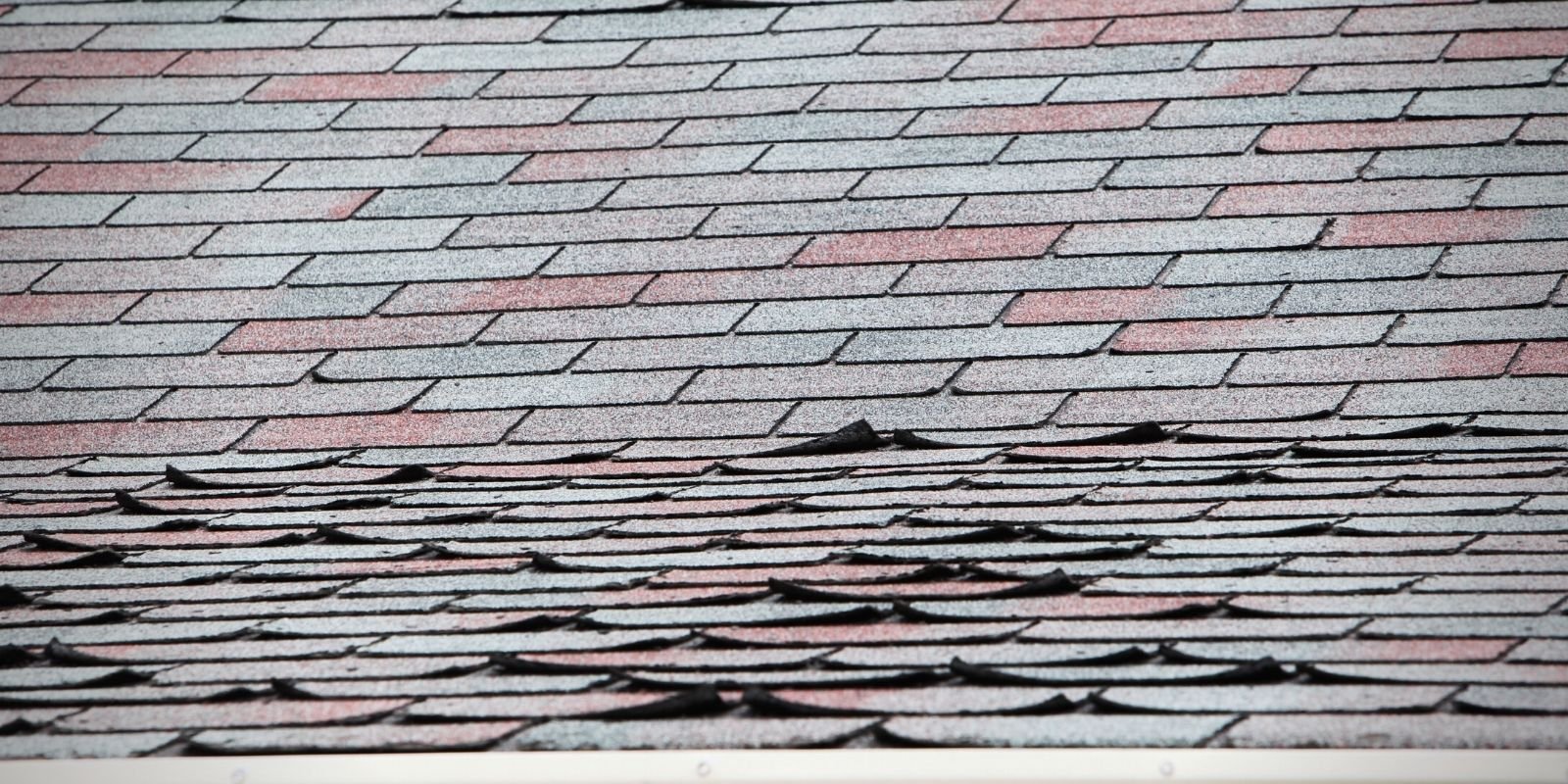
1. Roof Problems
Even though it’s over your head all the time, the roof is something you rarely think about — that is, until there is a problem.
Since it’s the main thing between you and the rain, snow, wind, and hail, the roof takes a beating and gets damaged over time.
Roof fixes can be simple, such as nailing down a few shingles, or complex like replacing a sagging or broken beam.
Roofing issues are common, as nearly 1 in 5 home inspections turn up a roof-related problem.
According to Home Advisor, the typical cost of a roof repair ranges from $377 to $1,662, and to replace a roof costs $8,000 – $10,000 or more.
That’s no small potatoes when negotiating the home’s selling price, so if there are issues with the roof, you’ll want to know about them.
Not sure how you’ll know if there is a problem with your roof?
Here are a few telltale signs you’ll want to look for.
Common Signs of Roof Problems
- Loose or missing shingles
- Leaks and/or water stains on the ceiling
- Accumulation of moss, leaves, or debris
- Curled, corroded, or missing flashing
- Clogged gutters
- Evidence of animal activity
- Mold on exterior walls
- Punctured shingles from hail or extra nails
- Cracked or ill-fitting roof vents
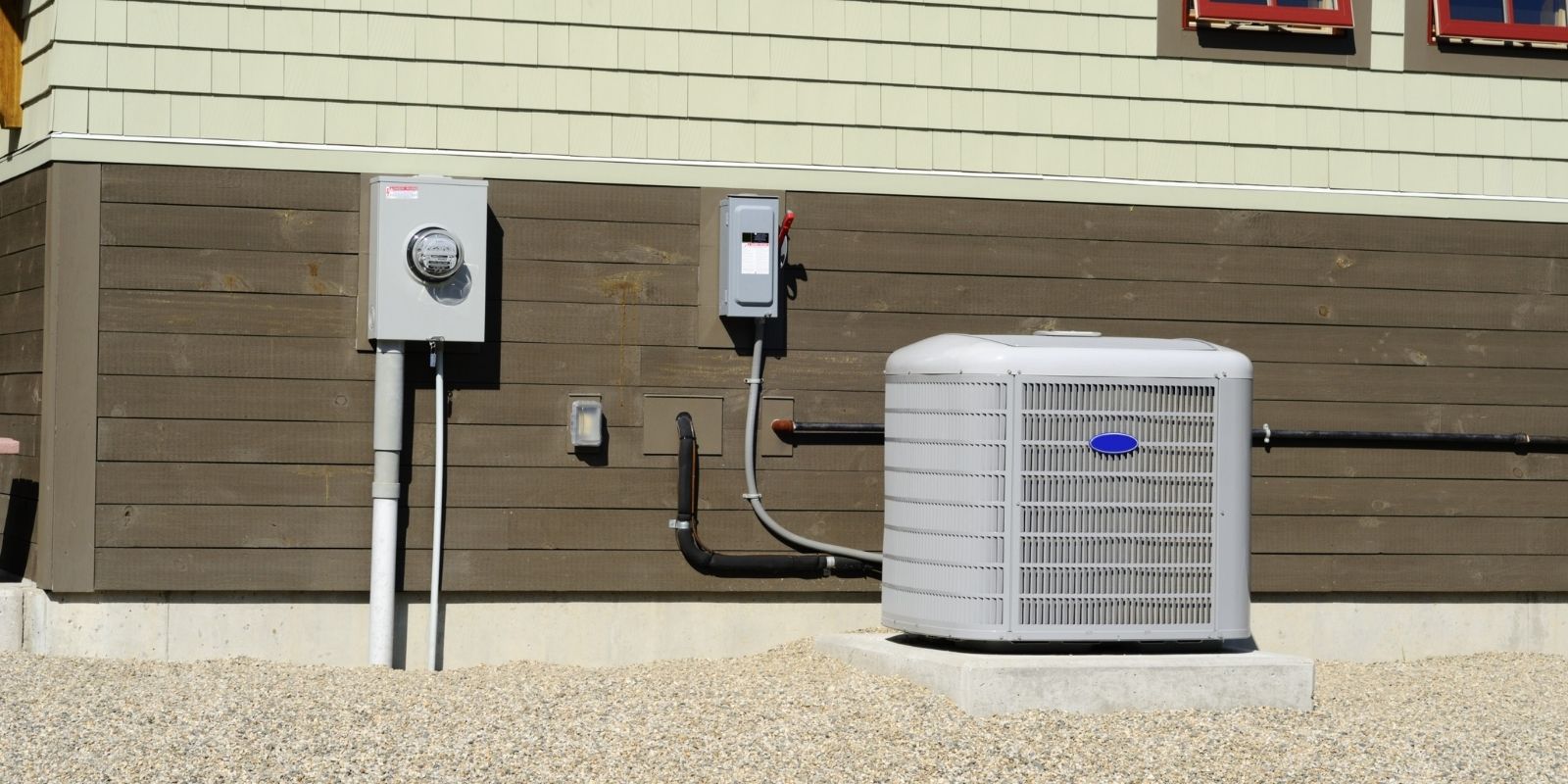
2. HVAC Issues
Lurking HVAC problems can spell not only high utility bills but they can be deadly in certain cases, such as unvented carbon monoxide.
It’s also not uncommon for previous owners or tenants to scrap certain elements of the HVAC system for parts to sell for cash, especially AC condensing units, which contain valuable copper.
Typical HVAC repairs are between $150 and $450.
Because the furnace and duct work are not always easily accessible, it’s critical to have an experienced home inspector check for problems.
There are a few signs that will help you detect hidden problems with the HVAC system in your home.
Common Signs of HVAC Issues
- Your home feels humid or stuffy
- Inaccurate thermostat readings
- Strange smells (mold, burning, or gas)
- Inconsistent temperatures from room to room
- HVAC system randomly turns off throughout the day
- Odd sounds when the AC or heat kicks on
- Reduced air flow
- The AC isn’t cold

3. Electrical Issues
There are a plethora of ways to botch the electrical system in a home — all of them hazardous.
Many untrained or DIY electricians make fatal mistakes, such as reversing the polarity when wiring a switch or not grounding receptacles, or double-tapping circuit breakers.
While an electrician’s fee will set you back $162 – $521, that’s a small price to pay for peace of mind in knowing your house won’t be charred by an electrical fire.
While a home inspector will know how to test your electrical system’s functionality, there are a few warning signs you can look for yourself.
Common Signs of Electrical Issues
- Hot outlets or switch plates
- Dimming or flickering lights
- Odd smells coming from outlets
- Frequently tripped breakers
- Buzzing or humming noises
- Improper outlet types in the bathroom or kitchen (not GFCIs)
- Loose outlets coming away from the wall
- Rodent activity
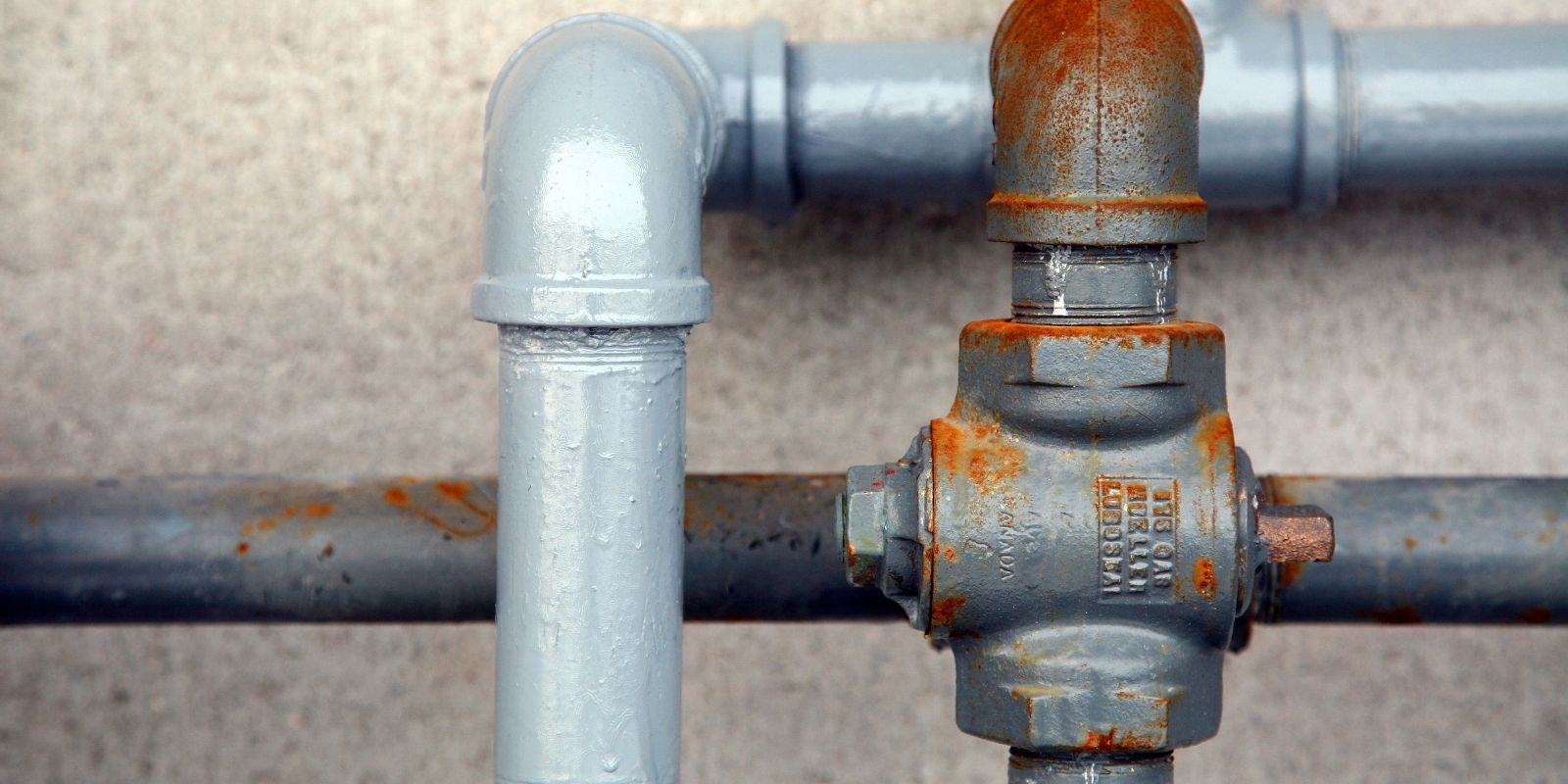
4. Plumbing Issues
We often take it for granted that a network of dutiful pipes transport water throughout our homes day in and day out.
However, these pipes don’t last forever, especially if they are made of cast iron, steel, or another material that corrodes with time.
And when they inevitably start to give out, you can have a watery mess in your house and a big problem on your hands.
Other plumbing issues usually arise from well-intended but poorly skilled DIY plumbers.
A quick under-the-sink fix with pipes of the wrong type or even at the wrong angle can lead to clogs and backups later on.
While plumbing repairs are not typically very expensive ($175 – $450), if left unaddressed, they can lead to mold, water damage, and warped wood.
Check the list below to see if the house you’re buying has any signs of plumbing problems.
Common Signs of Plumbing Issues
- Rusted or old pipes
- Uninsulated pipes
- Slowly draining sinks
- Dripping faucets
- Low water pressure
- Clogged drain or toilet
- Loose toilet
- Leaking toilet tank
- Peeling or bubbling paint
- Mold or mildew on interior walls
- Stains on walls or ceiling
- Abnormally high water bills

5. Faulty Foundation
A cracked, crumbling, or damaged foundation can be a dealbreaker for many home buyers because problems with the foundation often create a domino effect, subsequently wrecking other household systems.
Even a simple crack allows water to leak into the foundation or basement, creating an ideal environment for mold and mildew to grow, which can be hazardous to your family’s health.
Foundation repairs are pricey — $2,948 – $7,1,79 on average.
Serious cases can cost $10,000 or more.
Because the entire structure sits atop it, the foundation is not only critical but also difficult to inspect for problems.
Below, we’ve outlined a few signs of foundation problems for you and your home inspector to look for.
Common Signs of a Faulty Foundation
- Horizontal cracks in the drywall
- Vertical cracks in the drywall wider than 1/16th inches
- “Stairstep” cracks through brick masonry
- Moisture in the basement
- Cracks in basement slabs
- Sagging or uneven floors
- Difficulty opening or closing windows/doors
- Bowing/leaning walls
- Wood rot
- Sagging roof
- Protruding bricks
- What will a home inspector look for when inspecting a home’s foundation?
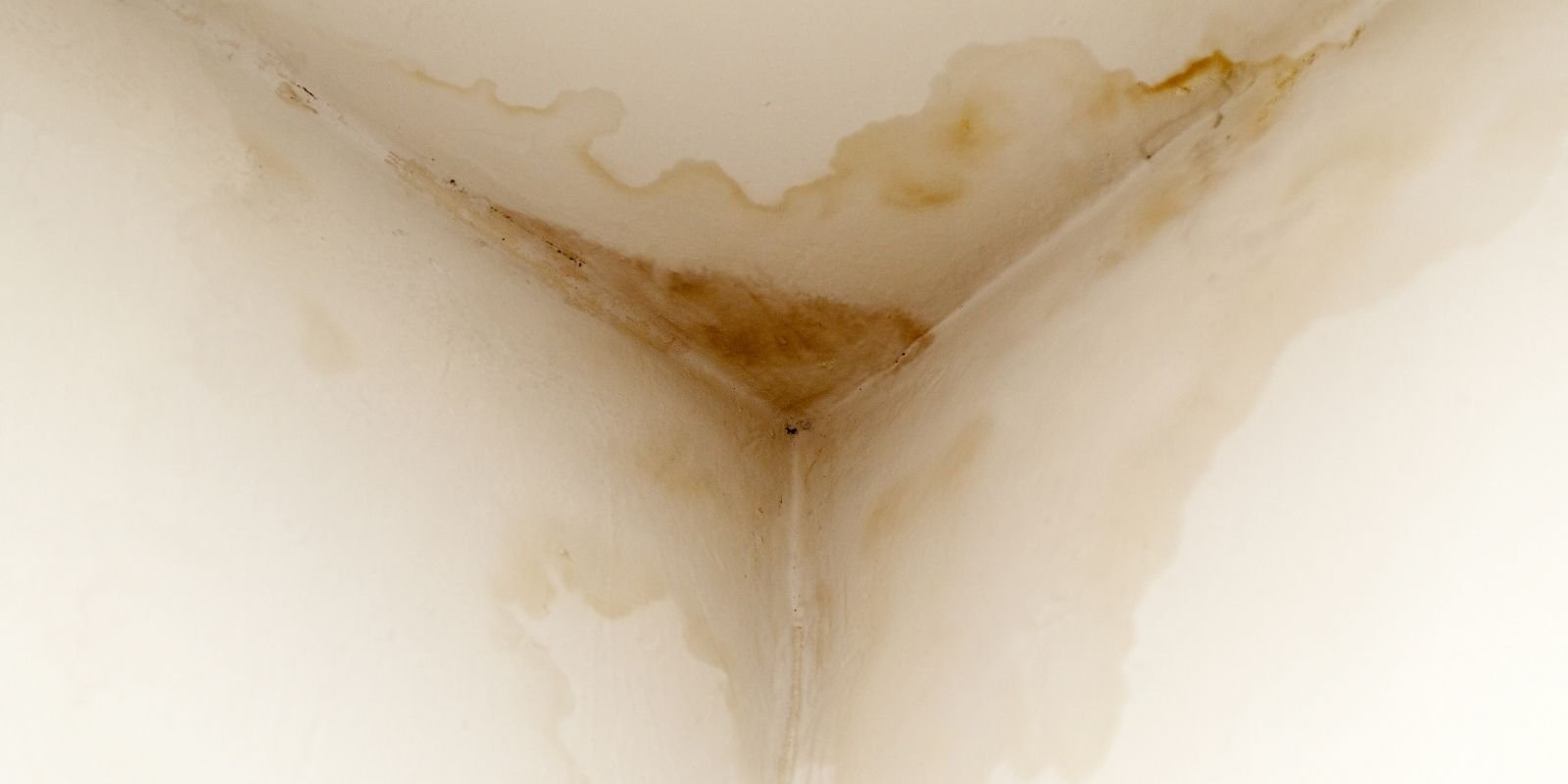
6. Water Intrusion / Damage
Water damage from flooding or a busted pipe can be devastating to your home, even after the standing water has dried up.
Water intrusion can result in swelling or warping in the wooden components, like joists, beams, and wood flooring.
It can also corrode metal screws, nails, and fixtures and errode drywall as well.
If your area is prone to flooding, consider adding a sump pump (an automatic pump installed in the basement floor that activates when a certain water level is reached) to prevent water damage in your basement.
However, if you’re buying a house and the moisture has been cleaned up, you may not know whether or not the house has had water damage before.
Inspectors will look for water damage and be able to assess the damage more fully, but there are a few ways you can tell if a house you’re looking to buy has seen flooding before.
Common Signs of Water Intrusion / Damage
- Dark stains on the walls or ceilings
- Bubbling, flaking, or cracking paint
- Pooling water
- Dripping or rushing sounds
- High utility bills
- Damp, musty, or moldy smells
- Swollen drywall
- Visible mold

7. Poor Drainage / Grading
Drainage and grading are how your yard and home deal with water runoff.
Poor drainage or site grading outside the house can spell disaster inside the house.
If your soil doesn’t drain water properly, you’ll end up with standing pools of water.
This can be due to low spots in the yard or just the clay soil that doesn’t readily allow water to pass through.
Apart from the nasty mold and mosquitos that puddles harbor, the water will erode your foundation as well as the bottom parts of the siding of your home.
Regrading one side of your home can cost from $500 – $1,000, while regrading around the entire foundation can cost up to $3,000.
Poor drainage or grading is an issue you may not readily notice, particularly if the weather has been hot and dry, so here are some ways to tell if a prospective home needs to have the drainage or grading fixed.
Common Signs of Poor Drainage / Grading
- Pooling water in the yard
- Grass or plants that grow much better in a few spots
- Water stains or streaks in the basement
- Foundation cracks
- Hard water deposits on foundation
- Piles of mulch or debris in odd places of the yard
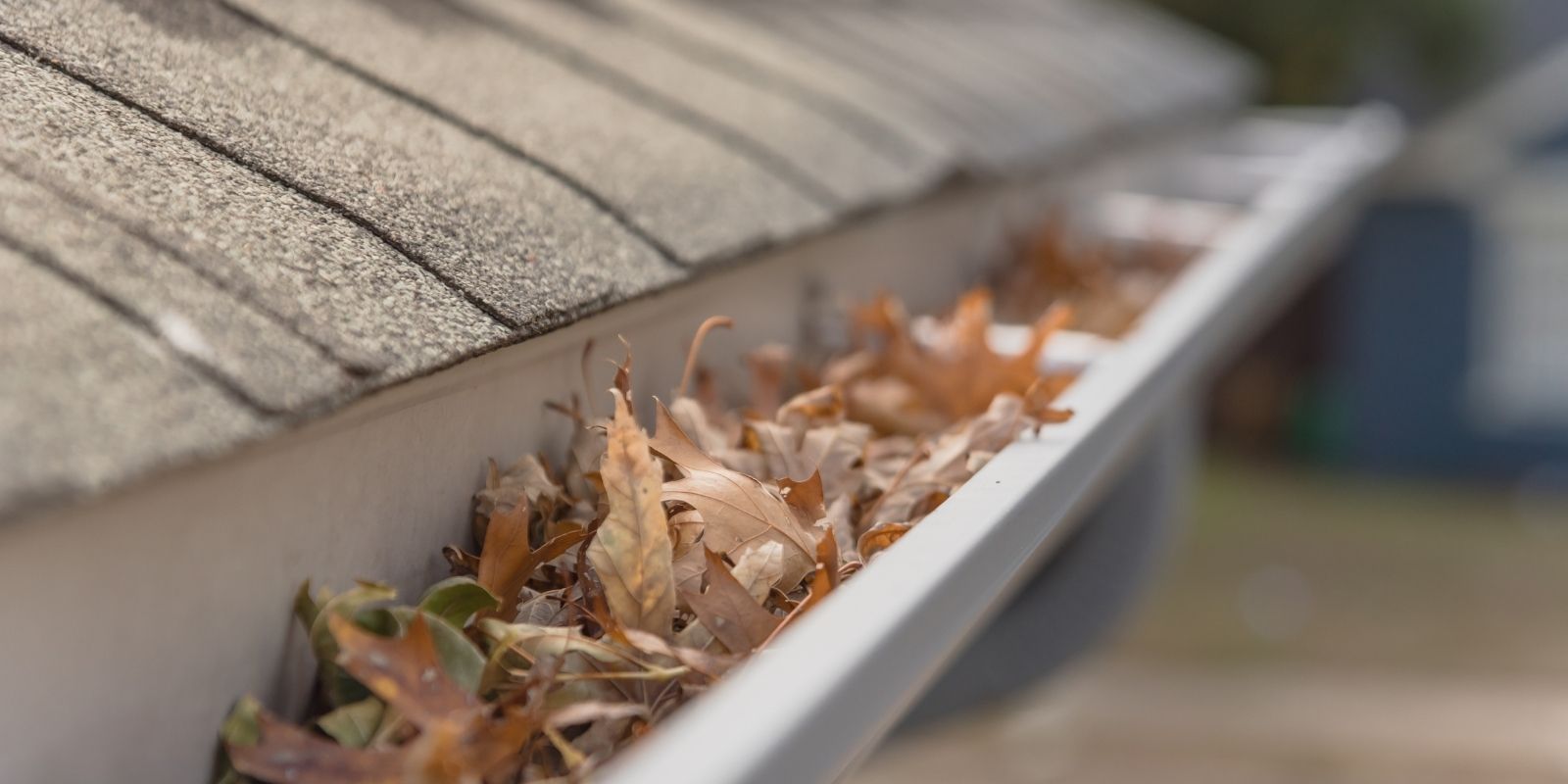
8. Blocked Gutters & Downspouts
A blocked gutter or downspout might not seem like a big deal.
The rain water finds its way to the ground eventually, right?
Whenever water collects in places where it doesn’t belong, it causes damage to the home – even if it’s collecting outside.
The good news is that blocked gutters and downspouts are usually an easy fix — less than $100 to hire someone to get on a ladder and clean things out.
If you’re on a budget and not afraid of heights, you can do this for free!
However, neglect this chore and you’ll potentially have damaged siding, foundation cracks, improper drainage, and mold to deal with.
Since gutters and downspouts are so high up, you may not see or think about them regularly.
When inspecting a new home, look for the following items to see if it has any issues with blocked gutters or downspouts.
Common Signs of Blocked Gutters & Downspouts
- Water spilling over the sides of the gutter
- Sagging gutters
- A lot of birds, squirrels, or other animals around your roof
- Stained siding
- Plants growing out of the gutters
- Basement flooding
- No water coming through the downspout

9. Poor Ventilation
Air should flow easily through the house, and poor ventilation can cause a host of problems.
For instance, if the hot, moist air from the bathroom is vented into the attic instead of outside, it can result in mold and/or bacteria growth.
The trapped, hot air will also drive up the homeowner’s utility bills in the summer.
The installation of soffit vents (which take in air under the roof’s eaves) and ridge vents (which allow air to escape upward through the roof) is an affordable fix to poor ventilation that can prevent future issues.
Most attic roofs are designed with passive ventilation, which is powered by wind or the difference in temperature between the attic and outside.
If the ventilation becomes a big enough problem, you may need to install an electric fan to actively blow out the hot air from the attic.
Common Signs of Poor Ventilation
- Mold
- Condensation on windows
- Difficulty heating or cooling certain rooms
- Stale or lingering smells
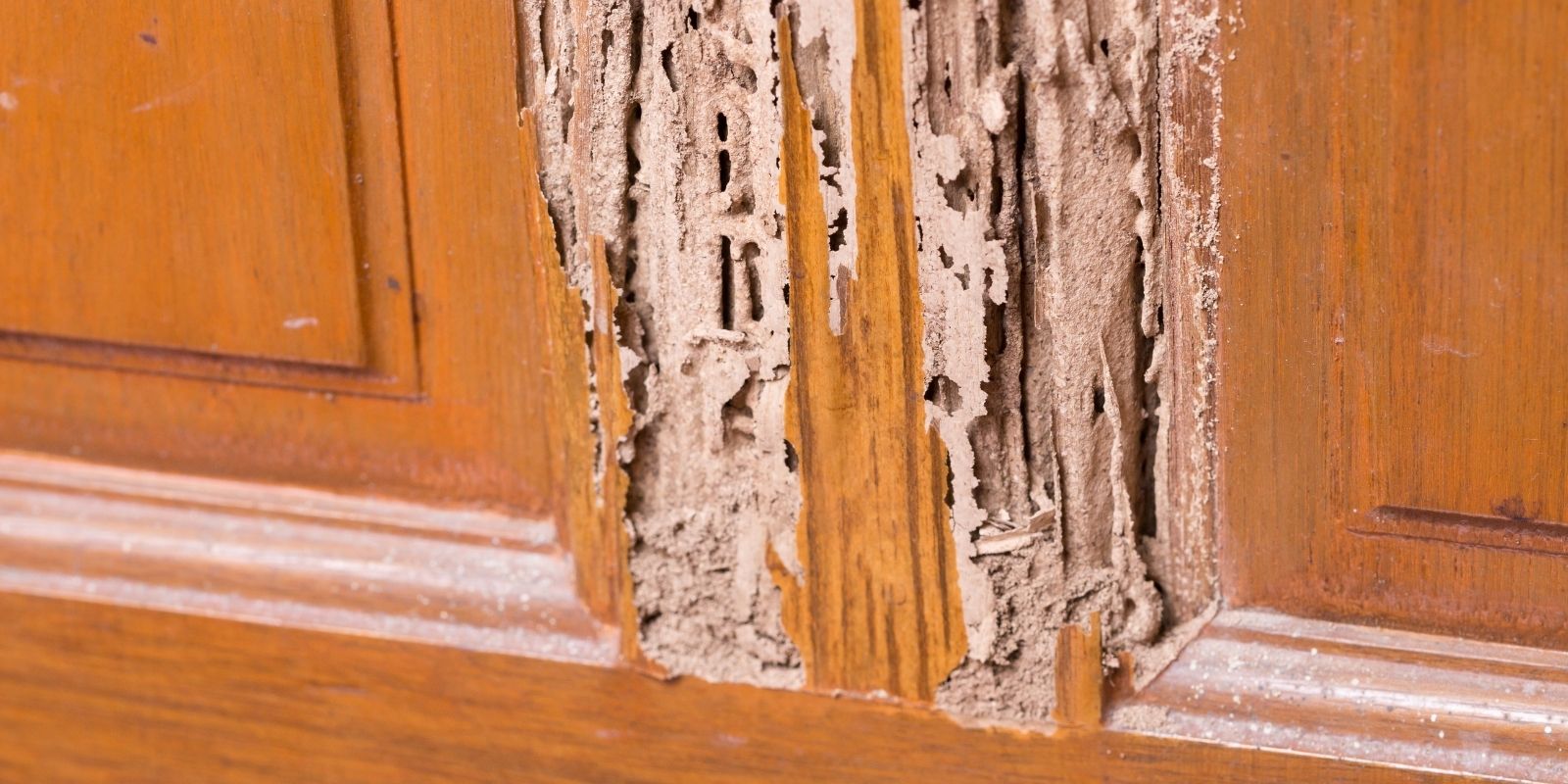
10. Termite Damage
Who would think that half-inch-long insects could cause a whole house to come crashing down?
By the time a colony of these tiny pests reaches maturity, there can be serious damage to the home.
The good news is that most of the time, infestations can be treated and the damaged wood sections replaced or fortified.
The average cost for termite treatment in the US is $575, but if fumigation, baiting, and tenting is required, that will be much higher.
The cost will depend largely on the extent of the termite damage.
You’ll want to get a head of the termites before they become a problem.
Look for the following signs to ensure you don’t have any wood-boring insects lurking behind your walls.
Common Signs of Termite Damage
- Frass (termite droppings that look like sawdust)
- Mud tubes in or around the home
- Discarded small, white wings
- Sticking doors or windows
- Pinholes in walls or wood
- Bubbling paint
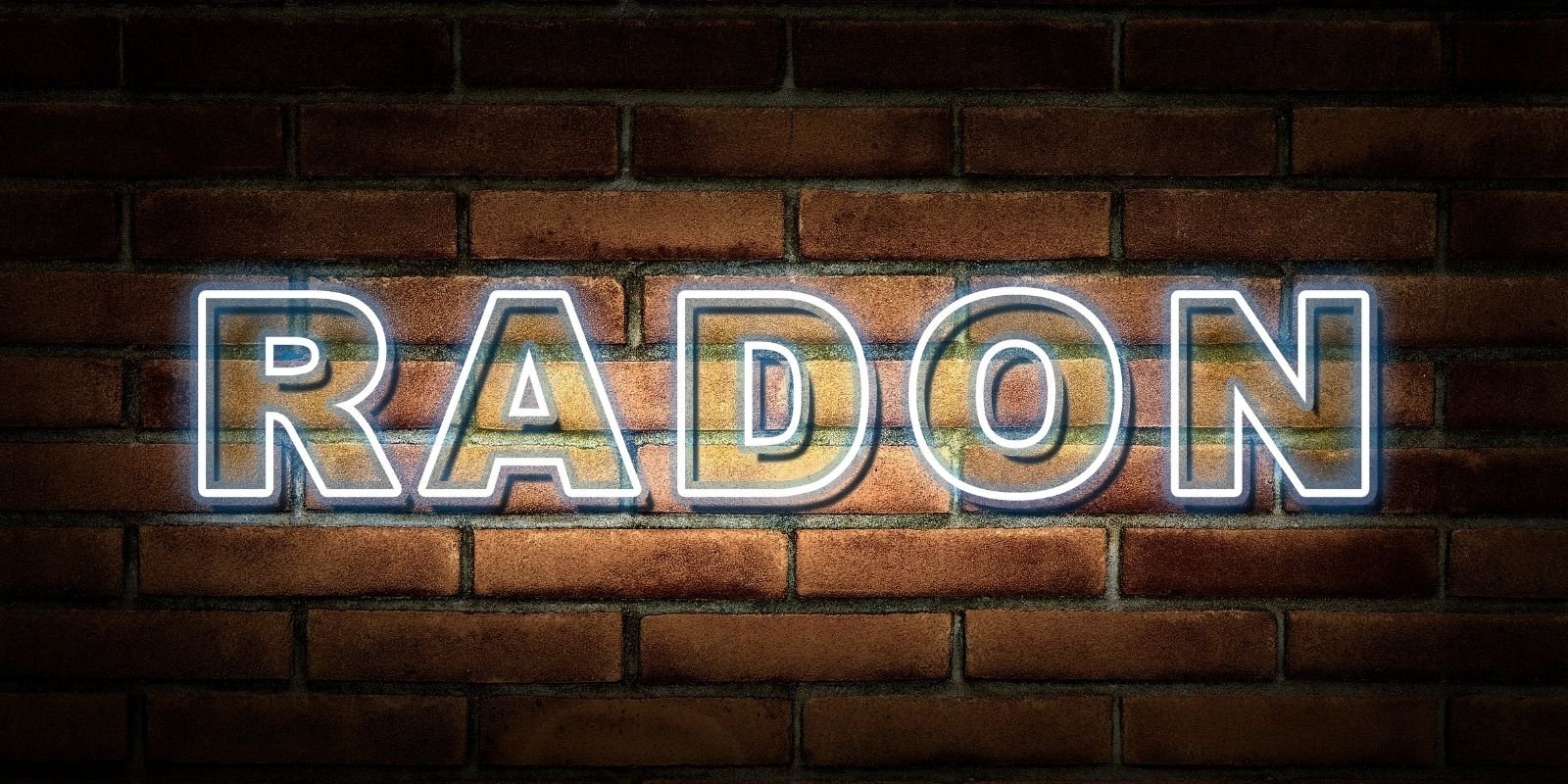
11. Radon
Radon is a colorless, odorless gas that occurs in nature from the breakdown of certain naturally-occurring radioactive elements in the soil (such as uranium).
When radon is outside, it is diluted by the air.
However, if there is a crack or hole in the foundation, it’s possible for radon to accumulate inside a house.
This is dangerous as radon gas is the second leading cause of lung cancer, second only to smoking.
To find out whether your home has high levels of radon, you must get it tested.
The radon has nothing to do with the age or building style of your home and everything to do with the ground underneath it, so it’s a good idea to test any home you are thinking of buying.
You can get a DIY kit from a hardware store or hire a professional.
If a home is found to have high levels of radon, you can have a mitigation system installed that will vent the radon gas out into the air where it can dissipate, instead of into your home.
Common Signs of Radon
- There are no physical signs to tell you if a home has high levels of radon

12. Asbestos
Another potential danger to your lungs that can originate in your home is asbestos.
This fibrous material occurs naturally, has strong fireproofing properties, and is used in a number of building materials, such as flooring tiles and insulation.
When asbestos is bound up in a solid substance, like a flooring tile, it poses no threat.
However, if that tile breaks or is crushed, the microscopic silicate asbestos fibers ride on the air and can get lodged in your lungs, where they are impossible to remove.
If your home contains materials with asbestos and the materials are in good, undamaged condition, the best course of action is to leave the asbestos-containing component undisturbed.
If it has water damage or is starting to break down, have it removed by a certified professional.
Common Signs of Asbestos
- Older building materials are more likely to contain asbestos. To know for sure if they do, you must have the materials tested.
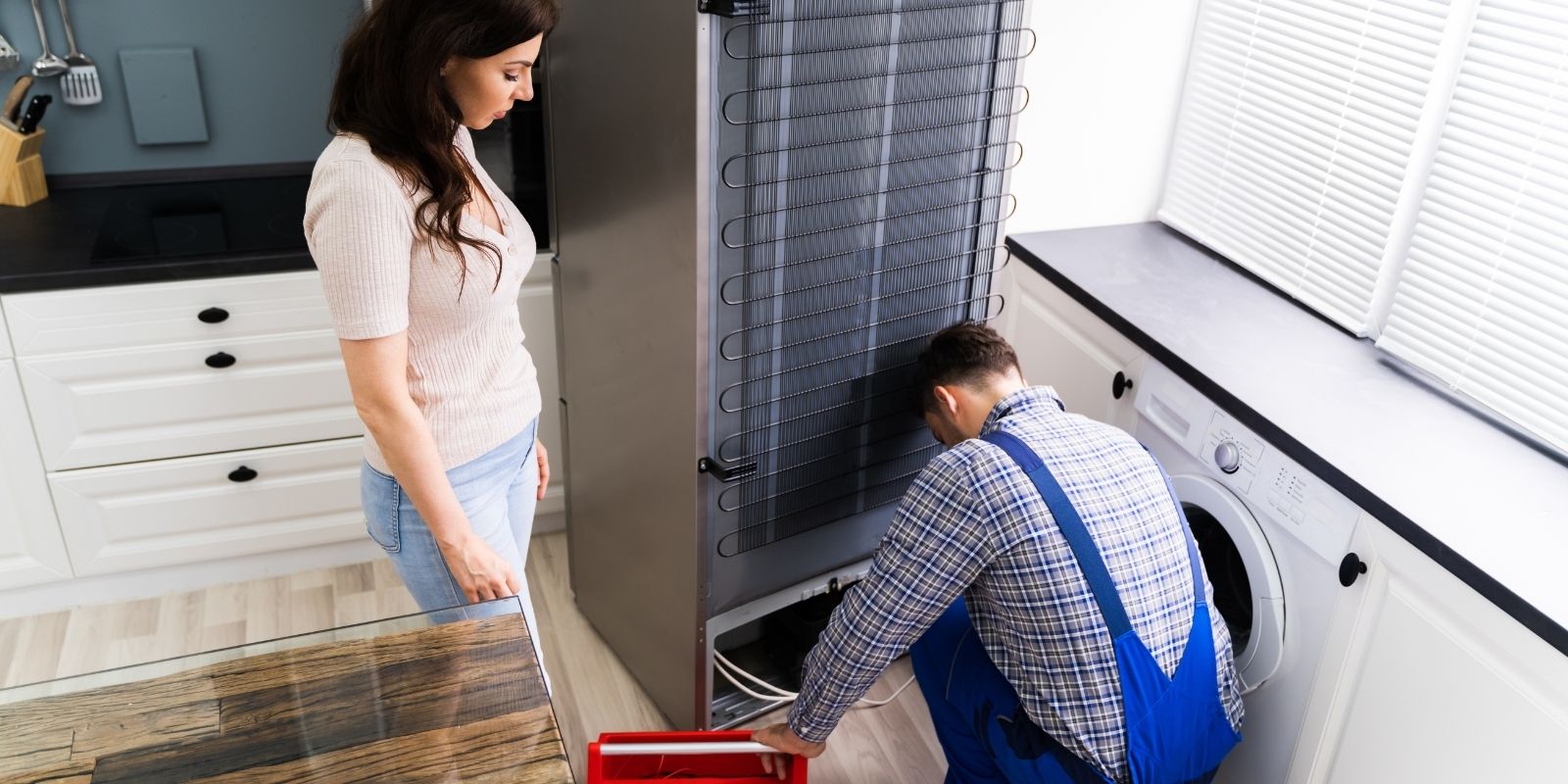
13. Appliance Problems
Not every house comes with appliances like a fridge, stove, or microwave, but if this is part of the purchase agreement, it behooves you to check whether they are working or not.
Does the oven get as hot as it should?
Does the ice machine in the fridge do its job?
Does the hood vent over the stove operate properly?
Many of these can be tested by just flicking on a switch; your home inspector can help you out with the more difficult ones like testing the temperature of the oven.
An appliance to pay special attention to is the water heater.
It will last between 8 and 12 years on average, so before you make an offer on the home, check when the water heater was installed (the water heater should have a sticker indicating the installation date on it).
Water heaters cost anywhere from $828 to $1,631, so if you know the home you’re looking at will need a new one soon, consider that when you figure out what to offer.
Common Signs of Appliance Problems
- Abnormally high utility bills
- Strange sounds or smells coming from the appliance
- Water leaks
- Spotty performance
- Tripped breakers
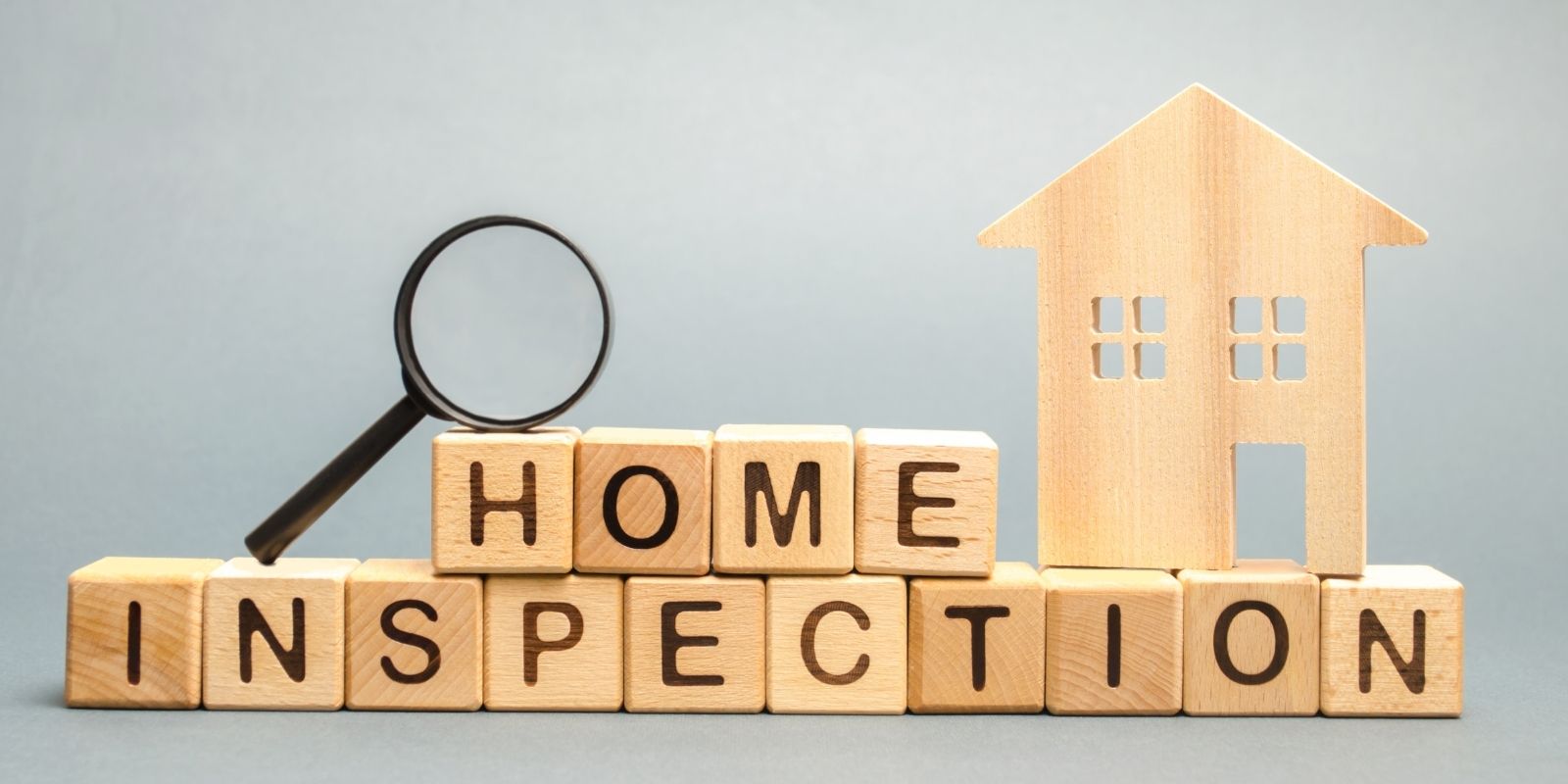
Wrapping up the 13 Most Common Home Inspections Issues
A home is the largest purchase most of us make in our lifetimes.
As such, you want to make sure you “kick the tires” before you take the leap on buying a house.
A thorough home inspection will help you do just that.
The aforementioned items are great for narrowing down your short list of homes or knocking any deal breakers out from consideration.
However, a professional inspector is trained to spot tiny things you might miss that can spell big, expensive problems later on.
Whether you are buying or selling a home, getting a home inspection is a good idea.
In addition to an experienced inspector, working with a trusted Realtor will help you ensure that nothing about your real estate purchase gets overlooked.
For the most reliable real estate agents in Texas, contact Helen Painter Group Realtors.
We’ve been serving buyers and sellers in the Fort Worth area since 1958.
Call today for your free consultation from the most trusted real estate agency in Texas!

